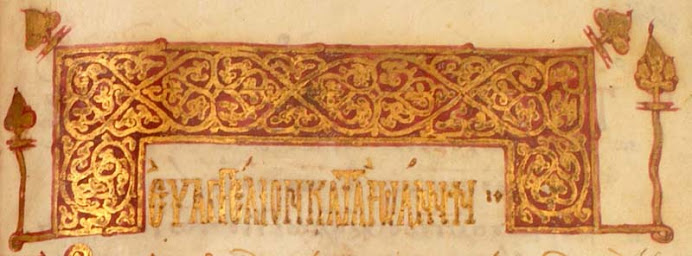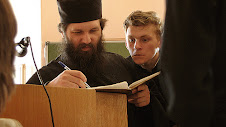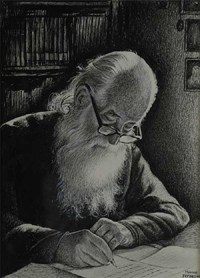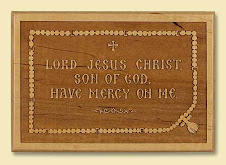The creatures came rushing on, their eyes brighter and brighter as they drew nearer and nearer to the standing Stars. But as they came right up to Aslan one or other of two things happened to each of them. They all looked straight in his face, I don't think they had any choice about that. And when some looked, the expression of their faces changed terribly – it was fear and hatred: except that, on the faces of Talking Beasts, the fear and hatred lasted only for a fraction of a second. You could see that they suddenly ceased to be Talking Beasts. They were just ordinarily animals. And all the creatures who looked at Aslan in that way swerved to their right, his left, and disappeared into his huge black shadow, which (as you have heard) streamed away to the left of the doorway. The children never saw them again. I don't know what became of them. But the others looked in the face of Aslan and loved him, though some of them were very frightened at the same time. And all these came in at the Door, in one Aslan's right. There were some queer specimens among them. Eustace even recognized one of these very Dwarfs who had helped to shoot the Horses. But he had not time to wonder about that sort of thing (and anyway it was no business of his) for a great joy put everything else out of his head. Among the happy creatures who now came crowding round Tirian and his friends were all those whom they had thought dead. There was Roonwit the Centaur and Jewel the Unicorm, and the good Boar and the good Bear, and Farsight the Eagle, and the dear Dogs and the Horses, and Poggin the Dwarf.To my mind, C. S. Lewis gets everything right. It is our reaction to God's love that saves or condemns us: those who look into His face and react with hatred fall into darkness; those who reciprocate by His love by returning His gaze enter the light. God damns nobody; it is we who damn ourselves. Recall the image of the River of Fire found in our liturgical services for this day. In Lewis' description those animals who have misused their their ability to use reason and words, lose their logos. Notice, too, the strange creatures who, much to the children's surprise (although it is none of their business), enter the light. The Last Judgment, after all, will be a public hearing, with many surprises.
For a reflection by Deacon Matthew Steenberg on the references to fear, judgment, wrath and expectation in the hymns and services of the Last Judgment, and the place of these in the Lenten preparation, see here.









2 comments:
Very good post. That description (and your analysis of it) is so simple, yet it is very insightful.
I have never ceased to be amazed by C. S. Lewis' writings; he is one of the few authors I can reread endlessly and each time discover new insights.
Post a Comment